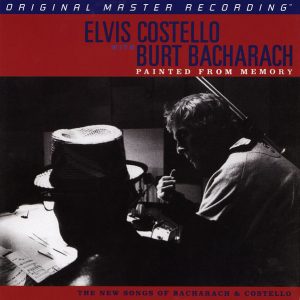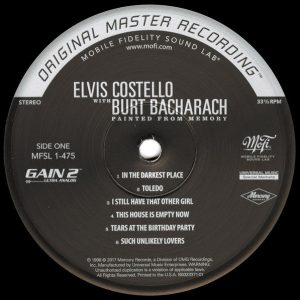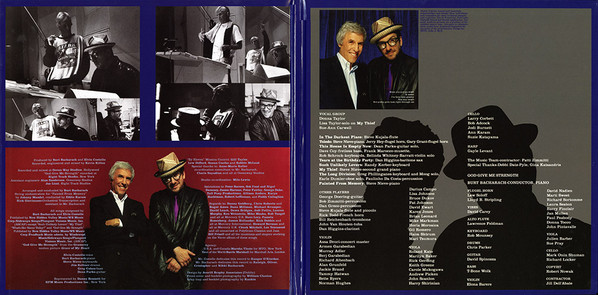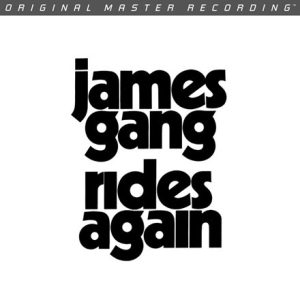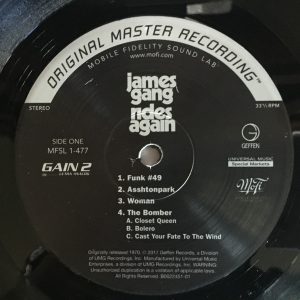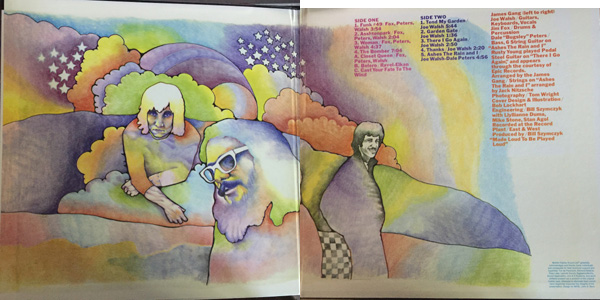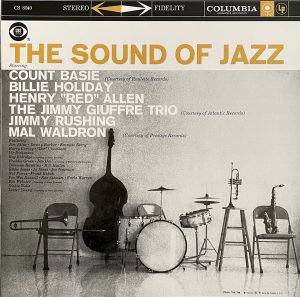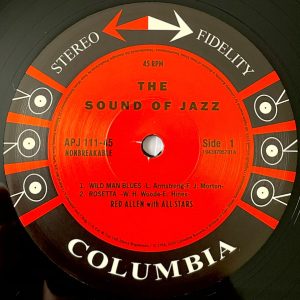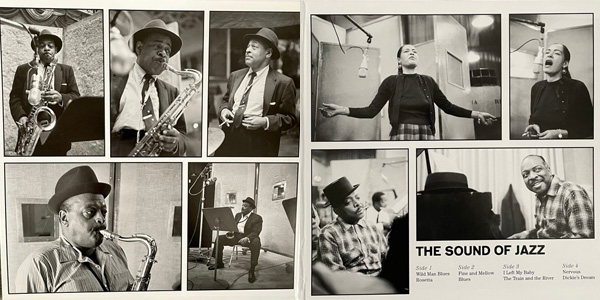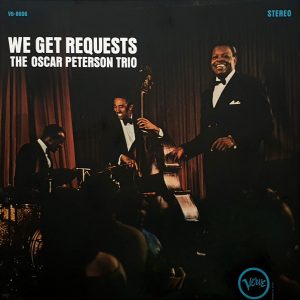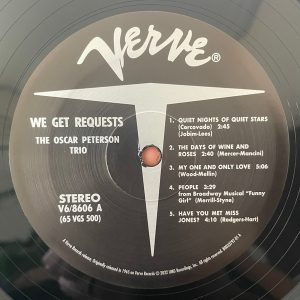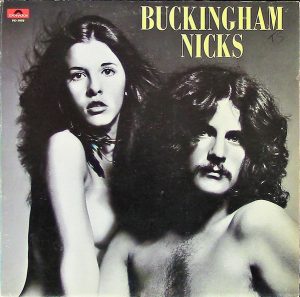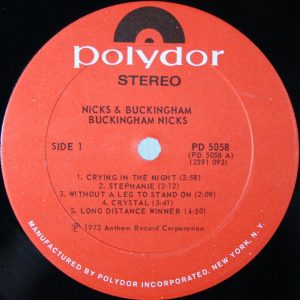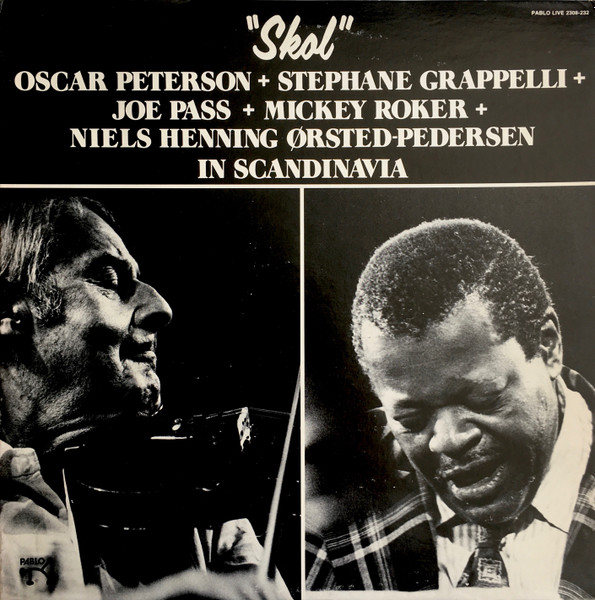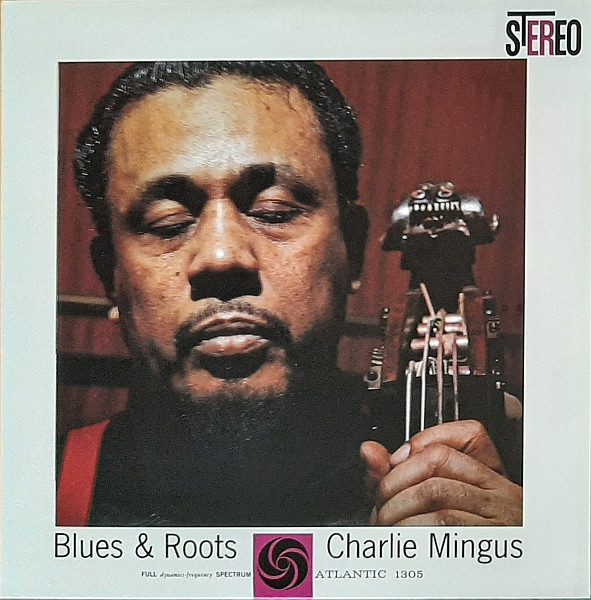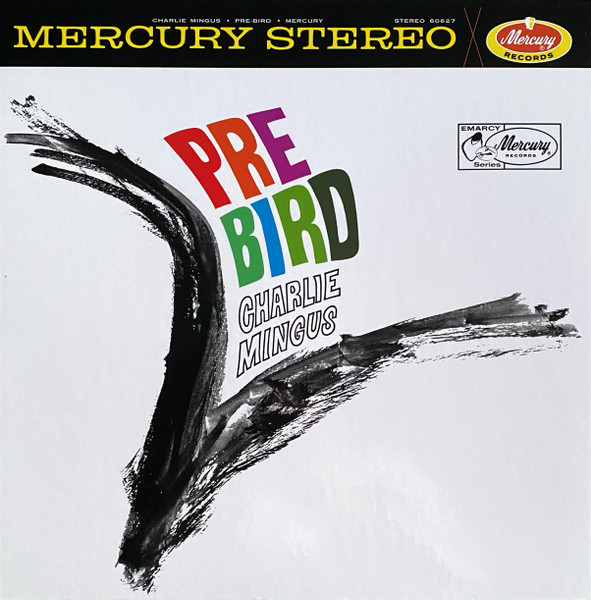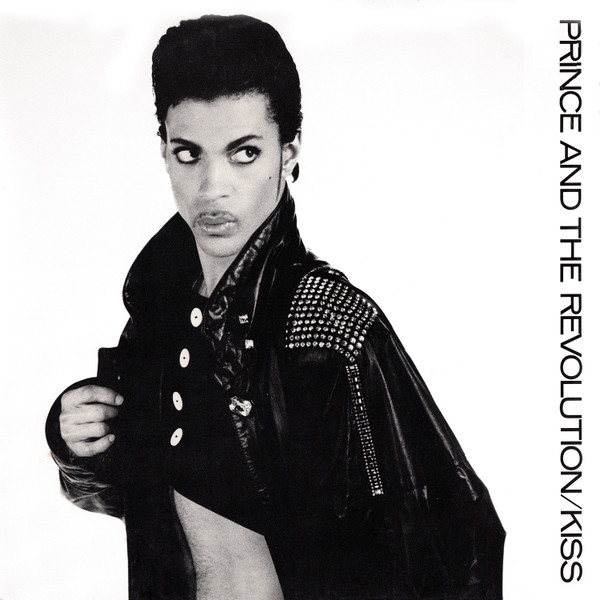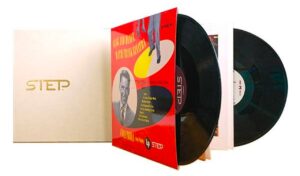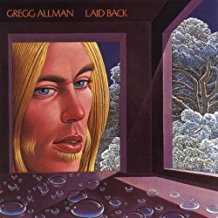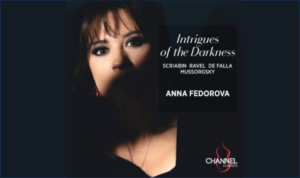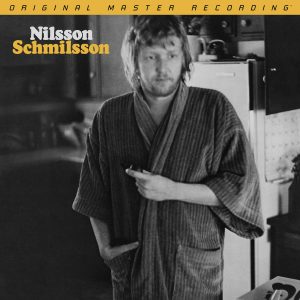This is an ongoing project by Claude Lemaire of Soundevaluations
201. Elvis Costello with Burt Bacharach, Painted From Memory. Mercury – 314 538 002-2 (1998), CD HDCD only, MoFi – MFSL 1-475 (2017), 33 1/3 rpm. Genre: sophisticated jazzy pop, baroque pop, easy listening.
Burt Bacharach is the backbone behind some of the biggest hits from the 1960s including Dionne Warwick's most memorable songs, and among audiophiles in particular, the soundtrack to the original 1967 Bond parody and spy spoof Casino Royale (Classic Records Colgems COSO-5005), featuring Dusty Springfield singing "The Look of Love." Partnering with lyricist Hal David, the dynamic duo delivered chart-toppers for the likes of Tom Jones, Herb Alpert, B.J. Thomas, and The Carpenters. Having studied under Darius Milhaud and digging bebop early on, he later combined elements of these plus other genres in a unique style now recognized worldwide as the "Bacharach Sound." Despite a few exceptions, his streak of success seemed to dry up through the 1970s and 1980s. The following decade brought a bit of a turnaround when in 1996 he teamed up with long-time Bacharach fan Elvis Costello to co-write the Grace of My Heart track "God Give Me Strength" spearheading the album Painted From Memory two years later. The title may suggest bringing back memories of Bacharach's songwriting style of the 1960s when he was at his peak creativity. Indeed as soon as the lead track "In the Darkest Place" commences, we are catapulted back through a time portal with Costello instead of Dionne in the lead. Everything and I do mean everything is incredible both musically and sonically. The compositions and arrangements, Johnny Mandel's rich orchestration, and Costello's performance rank to the highest standards. I never heard the original CD or HDCD, and Mobile Fidelity seems to be the only ones to have released it on vinyl. From the 1/2" / 30 IPS analog master converted to DSD 256 to analog console, Krieg Wunderlich, assisted by Rob LoVerde remastered and cut it, and pressed it at RTI. My version is on the regular vinyl and not the later "super vinyl." The first seconds say it all, this is the most natural-sounding vocals I have ever heard on my system. Interestingly, I've listened to several Costello recordings through the years, with many released by MoFi. And though they usually come out excellently, this one is from another planet—Elvis is in the building! Despite DSD, there is zero trace of "digital sound," it sounds warm and fleshed out. Tonal balance, dynamics, and soundstage are spot on from start to finish. Piano, drums, bass, guitar, keyboards, brass, and strings... all instruments and sounds were meticulously recorded and mixed at Ocean Way Studio, Hollywood—with the last song at Right Track Studio, New York—by engineer Kevin Killen. Kudos! Defying all reason, even with an average 26 minute/side of music, the sound remains uncongested and full range 'til the end! This is one of the most impressive 33 1/3 rpm MoFi remastering ever. Presented in an elegant gatefold with a mix of B&W studio photos and color superimposed with credits.
202. James Gang, James Gang Rides Again. ABC Records – ABCS-711 (1970), MoFi – MFSL 1-477 (2017), 33 1/3 rpm. Genre: hard rock, heavy rock, psychedelic, folk rock, funk rock, heavy metal, swamp rock.
This gang of five American outlaws debuted decently strong in 1969 with Yer' Album (Bluesway BLS 6034) but the reformed bandit trio really rode back to town with their second and strongest album featuring Joe Walsh—who would later join The Eagles in 1975—on guitars, keyboards and vocals, Dale Peters on bass and acoustic guitar, and Jim Fox on drums and percussion. Recorded in November 1969 and released in July 1970, Rides Again comprises their biggest hit, the funky rock riff "Funk #49"—a reference to "Funk #48" which appeared on their debut. Kenny Loggins stole the main riff for his 1984 hit "Footloose" and associated movie-soundtrack; ironically the song was nominated for an Academy Award for "Best Original Song" the year after. In fact, almost every track on this album either heavily influenced other artists years later or was influenced by a recent group. Case in point, the beat on "Asshtonpark" seems to have inspired the intro to the Bee Gees' 1975 disco hit "Jive Talking." "Woman" musically resembles The Stones' "Honky Tonk Women" though sung more by Robert Plant than Mick Jagger. "The Bomber (medley)" borrows heavily from Led Zep's "Whole Lotta Love" and "Good Times Bad Times" as well as influencing perhaps Black Sabbath's "War Pigs" just a few months later. The guitar on "Tend My Garden" and handclap riff definitely had a lasting influence on Boston's 1976 debut hit "More Than a Feeling" in the same manner, and seems to borrow a page from CSNY's backing vocals. The intro to "Ashes in the Rain" echoes Simon & Garfunkel's 1965 hit "The Sound of Silence," but we hear also some resemblances with Led Zep's 1971' "Stairway to Heaven," and The Alan Parsons Project's string arrangements from 1976' Tales of Mystery and Imagination. Bill Szymczyk produced and engineered the album with engineers Llyllianne Duma, Mike Stone, and Stan Agol at Record Plant, NYC. I didn't have the original pressing mastered at Artisan Sound Recorders in Southern California, but did have a Canadian first press (ABC Records S-711) which is fairly good but shows a bit of grain and compression in the upper mids and lower treble. The MoFi remastered and cut by Krieg Wunderlich, assisted by Rob LoVerde, reduces the latter and has more weight in the bottom end with a cleaner top end, wider soundstage, and better dynamics. Side A still retains a bit of dryness in the guitars that seems embedded in the original recording and a modicum of missing bass articulation fattening the sound commensurate with early 1970s recording practices, but side B steals the show and is truly impressive in all aspects with greater transparency, tonal balance, and superb string sounds. Musically it is more diverse and explorative in compositions and arrangements. Presented in a nice sturdy gatefold.
203. Various, The Sound of Jazz. Columbia – CS 8040 (1958) 33 1/3 rpm, Analogue Productions – AAPJ 111-45 (2020), (2x45 rpm), 180g. Genre: New Orleans jazz, Chicago-style jazz, Kansas City jazz, Kansas City blues, blues, big band, swing, cool jazz.
The sensational Sound of Jazz LP is a must have for anyone who loves traditional jazz, blues, and outstanding sound. In 1957, CBS television carried a series entitled The Seven Lively Arts covering various facets on the subject, and aired on December 8, an innovative "live from Studio 58" episode dedicated to the jazz art form, shining a spotlight on some of its biggest names: Red Allen, Pee Wee Russell, Coleman Hawkins, Billie Holiday, Ben Webster, Lester Young, Jimmy Giuffre, Count Basie, Freddie Green, Roy Eldridge, Jimmy Rushing, and Jim Hall just to highlight the cream of the crop of musicians and singers from the assembled all-star cast. The eight tracks featured on the original Columbia LP were in fact recorded four days prior to the live broadcast, and as such the album is not a true "soundtrack" of the telecast. That said, minus some minor change in personnel, the performances remain quite similar. There is no filler material, each song represents a small gem in jazz history, honesty, and simplicity. It was produced by Irving Townsend who would strike gold a year later with Miles Davis' iconic Kind of Blue recording. Billie Holiday's bluesy rendering of "Fine and Mellow" is especially poignant on both the record and the telecast with the B&W camera capturing the moment, and knowing now that she and "Pres"—aka tenor Lester Young—would both tragically die two years later, both in their mid to late-40s, just four months apart. The original recording engineer is not credited, though given the Columbia 30th Street Studio location, one could speculate that Frank Laico or Fred Plaut are plausible choices. I have the original US "six-eye" stereo pressing which is already an excellent sounding record and impressive for its era, but this Analogue Productions' remastering by Ryan K. Smith now spread on four sides at 45 rpm, and pressed at QRP is something else. Every sonic parameter is superior: wider and deeper soundstage, better bass weight and definition, greater dynamics, crisper brass timbres, more even tonal balance with improved top end extension, precision, and finesse. Truly demo-worthy! Comes in a non-laminated gatefold with great B&W photos of the artists on the inside.
204. The Oscar Peterson Trio, We Get Requests. Verve Records – V6-8606 (1965), UMe – B0033797-01, Acoustic Sound Series (2022), 33 1/3 rpm. Genre: jazz, bop, swing.
Born in Montreal, Québec, Peterson is famous for his incredible exuberance tickling the ivories. He shows the rapid-fire response of an Art Tatum and the swing of a Teddy Wilson. As opposed to Bill Evans' sparse and sometime cerebral playing, Peterson seems to be the piano king of density. Verve Records' founder Norman Granz hired him in 1949 to be part of his "Jazz at the Philharmonic" series. On this 1964 session, he is accompanied by Ray Brown on bass, and Ed Thigpen on drums. Apart from one original closing the album, the nine other tracks were for the most part, then current popular songs, reinterpreted by this terrific trio. Director of engineering Luis Pastor aka Val Valentin and recording engineer Bob Simpson—well known for his fantastic work at RCA—accomplished an amazing job. The hard-panned recording places the drums up front on the left, Brown's bass counters close up on the right, and naturally puts Peterson in the middle further back the soundstage. I don't have an original pressing, but having heard other original Verve pressings, am confident in saying this newly remastered version by Ryan K. Smith is sonically leaps beyond what any Verve OG might sound like, and is so impressive, natural-sounding, and transparent that I could easily have been fooled that this was cut at 45 rpm...but it is a 33 1/3 rpm! The brush work on the snares and cymbals is so utterly real, quick, and airy, it is as if there is no top octave limit in the recording, remastering, and cutting chain. The bass is very agile and precise—but never sterile—you can follow every nuance of dexterity, and string tension through his nimble fingers. Despite the non-stop speedy nature of Peterson's playing, the piano is well rendered, but is more leaning towards the center and treble than the lower register, so don't expect a weighty piano sound like you may find from Basie on Granz's own Pablo label. I did not hear Analogue Productions' double 45 rpm (AP-8606) done by George Marino which I presume would be very competitive given the higher speed format and his usually impressive work. Definitely, one of RKS' top remastering's! Superb presentation in a laminated gatefold with photos inside of Peterson in color on the left and the trio in B&W on the right.
205. Buckingham Nicks, Buckingham Nicks. Polydor – PD 5058 (1973), 33 1/3 rpm. Genre: acoustic rock, pop rock, folk rock.
The pairing of Lindsey Buckingham and Stevie Nicks traces it roots back to San Francisco when both were in high school circa 1966. Two years later, the duo within a band named Fritz were performing covers, opening for the likes of Janis, Jefferson, and Jimi. By 1972, now romantically involved, they headed to Los Angeles to try to land a record contract, eventually signing with Polydor. Producer and engineer Keith Olsen recorded them with additional studio musicians on drums, bass, guitar, keyboards, synth, and percussion at Sound City Studios in L.A., California. Lacking adequate promotion by the label, the album did not get the recognition nor strong sales it deserved at the time. Fortunately their fortunes turned around when Mick Fleetwood heard one of their songs at Sound City, and invited them to join Fleetwood Mac, and the rest is history as they say. Listening to Buckingham Nicks, it is plain to see or rather hear how much the young American duo brought to the former British blues band, transforming its style completely. Take an acoustic song like the Buckingham penned "Never Going Back Again" from Rumours (Reprise Records 517787-1), and several songs from Buckingham Nicks could have easily served as a template. The ten tracks on the LP are interesting, varying between pop and folk oriented rock with a strong emphasis on acoustic string interplay, and harmony driven vocals. The tonal balance definitely leans towards the warm, fat side in the bass, slightly laid-back in the upper mids, with finely sharp crisp guitar strumming in the highs and impressive string sound. The only small drawback is the full bass lacks some articulation to better differentiate the rhythm, and on some systems may sound a bit bloated. Apparently Nicks was against the idea of the risqué cover art.
For more from Claude Lemaire go to his blog...
http://soundevaluations.blogspot.ca/




